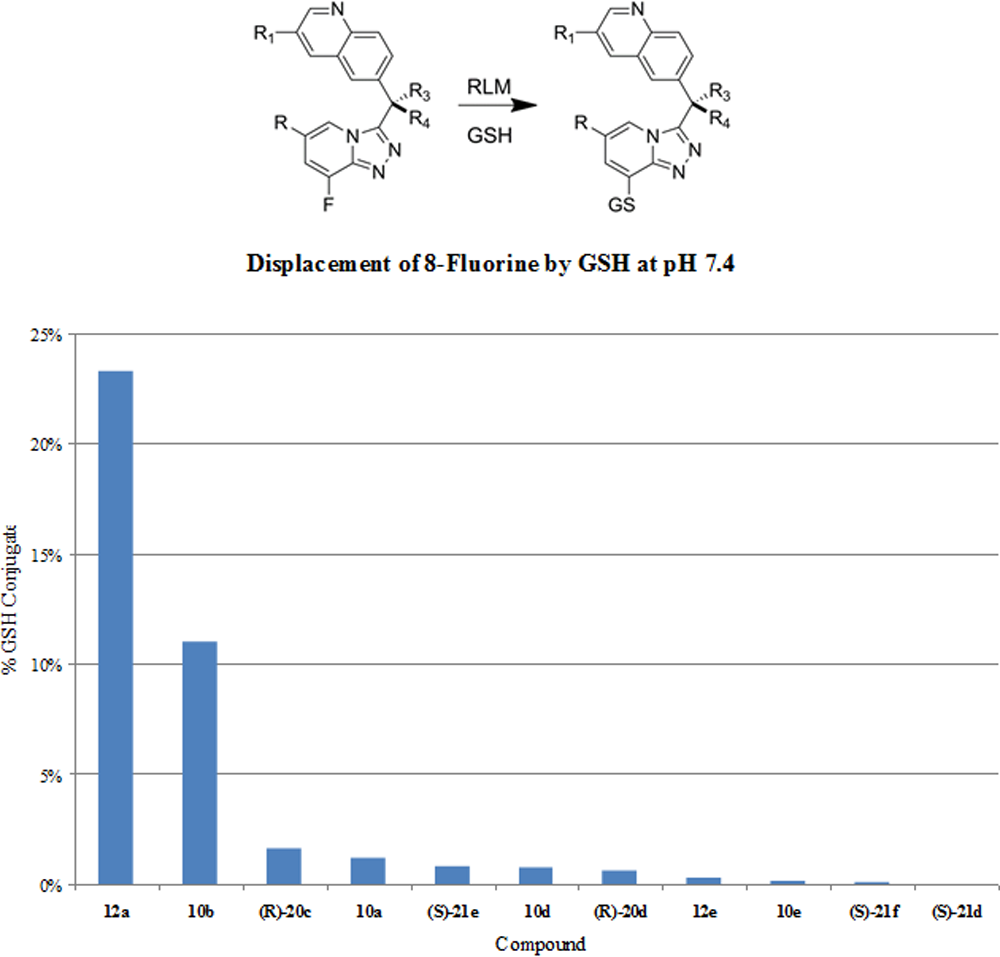Glutathione
CAS number: 70-18-8
Glutathione is a tripeptide compound consisting of glutamic acid attached via its side chain to the N-terminus of cysteinylglycine. It has a role as a skin lightening agent, a human metabolite, an Escherichia coli metabolite, a mouse metabolite, a geroprotector, an antioxidant and a cofactor. It is a tripeptide, a thiol and a L-cysteine derivative. It is a conjugate acid of a glutathionate(1-).
Related images
Related Questions and Answers
A: Fusobacterium nucleatum depletes GSH in GC cells through two primary mechanisms: (1) synthesis inhibition by downregulating the expression of glutathione synthetase (GSS), and (2) metabolic consumption due to increased oxidative stress. The infection leads to a decrease in intracellular GSH levels, accompanied by a reduction in GSS mRNA expression and reactive oxygen species (ROS) accumulation. This suggests that F. nucleatum may interfere with GSH synthesis and promote oxidative stress, contributing to GC progression.
A: Fusobacterium nucleatum infection in GC tissues is associated with significant depletion of GSH. The study demonstrates that F. nucleatum suppresses the GSH synthesis pathway, leading to a breakdown in antioxidant capacity and the formation of an oxidative stress microenvironment in GC cells. This finding suggests that targeting the F. nucleatum-GSH axis could offer a novel therapeutic strategy for GC treatment.
A: SOD1 and SOD3 in AF concentrations decrease significantly with gestational age, while oxidative DNA damage marker 8-OHdG levels increase. SOD3 shows a negative correlation with 8-OHdG, suggesting its role in mitigating oxidative DNA damage. GSH levels do not significantly correlate with gestational age but contribute to maintaining redox homeostasis. These findings highlight the dynamic nature of the redox environment in AF and its potential importance for fetal gastrointestinal tract development. The disruption of this balance by preterm birth or inadequate AF intake during fetal life may have long-term consequences for intestinal development and function.
